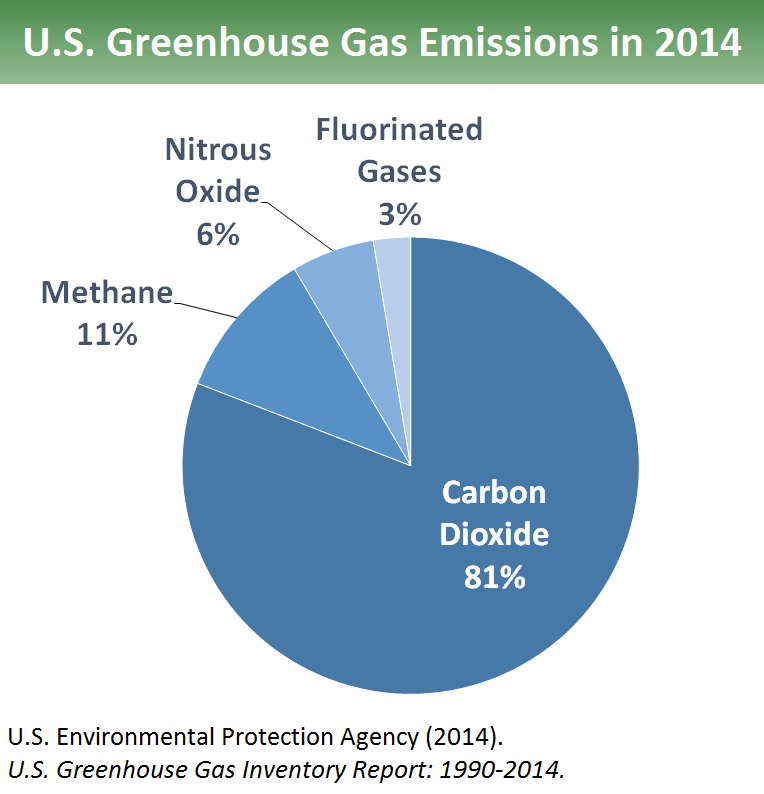More than just CO2 Absorbers – Unveiling the Hidden Climate Benefits of Trees
We have long known that trees store the greenhouse gas CO2. However, new research reveals that trees also store methane (CH4) in addition to CO2. Trees store at least 25 million tons of methane in their bark each year. This finding is surprising, as it was previously believed that plants were primarily a source of this potent greenhouse gas. Although it has been shown that wetland and some upland trees can emit soil-derived methane at the stem base, it has also been suggested that upland trees can serve as a net sink for atmospheric methane.
Why is methane a problem?
Methane is an extraordinarily potent greenhouse gas, up to 80 times more potent than CO2 in the short term. According to the U.S. Greenhouse Gas Inventory Report of 2014, methane is the second largest contributor to greenhouse gases that drive climate change. Methane is emitted during the production and transport of coal, natural gas, and oil. Additionally, methane emissions result from livestock and other agricultural practices, as well as the decay of organic waste in municipal solid waste landfills.

In connection with this, a recent study by Gauci et al. (2024) examined the in situ woody surface methane exchange of upland tropical, temperate, and boreal forest trees. They discovered that methane uptake on woody surfaces, particularly at and above about 2 meters above the forest floor, can dominate the net ecosystem contribution of trees, resulting in a net methane sink. Stable carbon isotope measurements of methane in woody surface chamber air and process-level investigations on extracted wood cores suggest methanotrophy, indicating a microbially mediated drawdown of methane on and in tree woody surfaces and tissues.
By applying terrestrial laser scanning-derived allometry to quantify global forest tree woody surface area, a preliminary estimate suggests that trees may contribute 24.6–49.9 Tg of atmospheric methane uptake globally. These findings indicate that the climate benefits of tropical and temperate forest protection and reforestation may be greater than previously assumed.


Why It Matters for Ecobal
At Ecobal, we are committed to staying at the forefront of technological advancements in CO2 and CH4 sequestration. By integrating cutting-edge technologies such as ultra-fast CO2 hydrate formation, we enhance our efforts to transform former agricultural or barren lands into thriving ecosystems. This ensures that our projects not only effectively sequester CO2 and CH4 but also contribute to sustainable practices and environmental restoration.
🌿 Ecobal’s Mission:
- Raise awareness and establish authority to certify the ecological health and capacity of rural and natural landscapes.
- Monetize ecosystem services to demonstrate the economic value of nature.
- Use natural ecosystems as efficient sinks for CO2 and CH4.
- Manage soil microbiota and fauna to improve soil health and ecosystem functionality.
- Restore biodiversity through the reintroduction and conservation of native species.
About the Author
Amsalu Milkias Misebo, Ph.D., is Ecobal’s CO2 Project Specialist with a distinguished background in restoration ecology and sustainable land management. His research on carbon sequestration and land restoration is published in leading journals such as Sustainability and Land Degradation & Development. Amsalu’s work on reclamation technology and plant cover significantly advances our understanding of environmental science. Discover more of his research on ORCID and ResearchGate.
This article showcases the expertise and dedication of our team at Ecobal, highlighting our commitment to pioneering sustainable and impactful environmental solutions.


